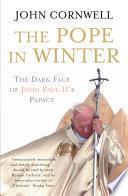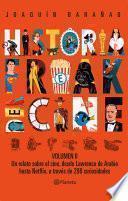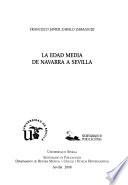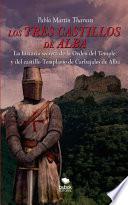Los científicos de Hitler
Sinopsis del Libro
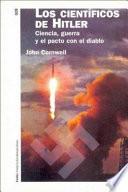
Durante los años treinta y cuarenta, la Alemania nazi protagonizó un despegue fulgurante en las ciencias y las tecnologías que transformó espectacularmente el desarrollo de la Segunda Guerra Mundial y, a la postre, condujo a la fabricación de las armas de destrucción masiva y sus elementos de transporte, los misiles balísticos. John Cornwell nos narra, además de un período trascendental de la historia contemporánea, la actividad de los científicos alemanes, desde el ascenso de Hitler al poder en 1933 hasta su derrota en 1945. Con ello nos permite conocer el comportamiento de los investigadores en el campo de las especialidades científicas en las que Alemania sobresalió hasta colocarse a la cabeza del mundo. Algunos de esos investigadores eran nazis convencidos y entusiastas, pero muchos otros fueron simples compañeros de viaje. Algunos, pocos, opusieron resistencia o se rebelaron contra el régimen y sus esfuerzos hicieron que el conflicto se prolongara. La incapacidad de traducir tecnología punta en logros militares es una característica esencial de la historia universal, mientras que la denigrante explotación de las víctimas de los campos de la muerte y de una mano de obra en régimen de esclavitud constituye una deshonra para la comunidad científica que trabajó al servicio del Tercer Reich. Pero, en realidad, el inquietante libro de Cornwell formula preguntas acerca del comportamiento de los científicos en general, sin distinción de nacionalidad ni ideología, y amplía su perspectiva hasta la Guerra Fría y la lucha contra el terrorismo.
Ficha del Libro
Titulo Alternativo : ciencia, guerra y el pacto con el diablo
Total de páginas 485
Autor:
Categoría:
Formatos Disponibles:
MOBI, EPUB, PDF
Descargar Libro
Valoración
4.7
72 Valoraciones Totales
